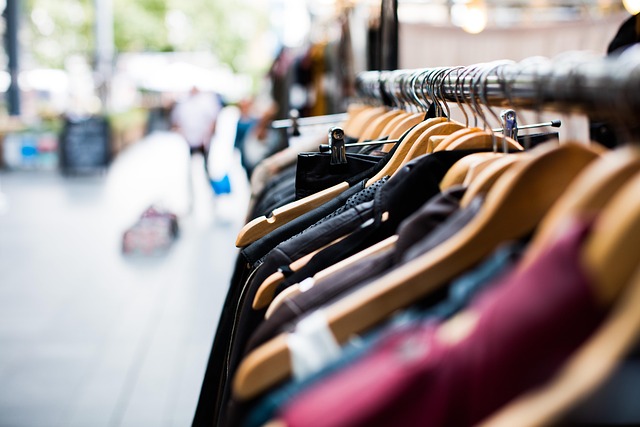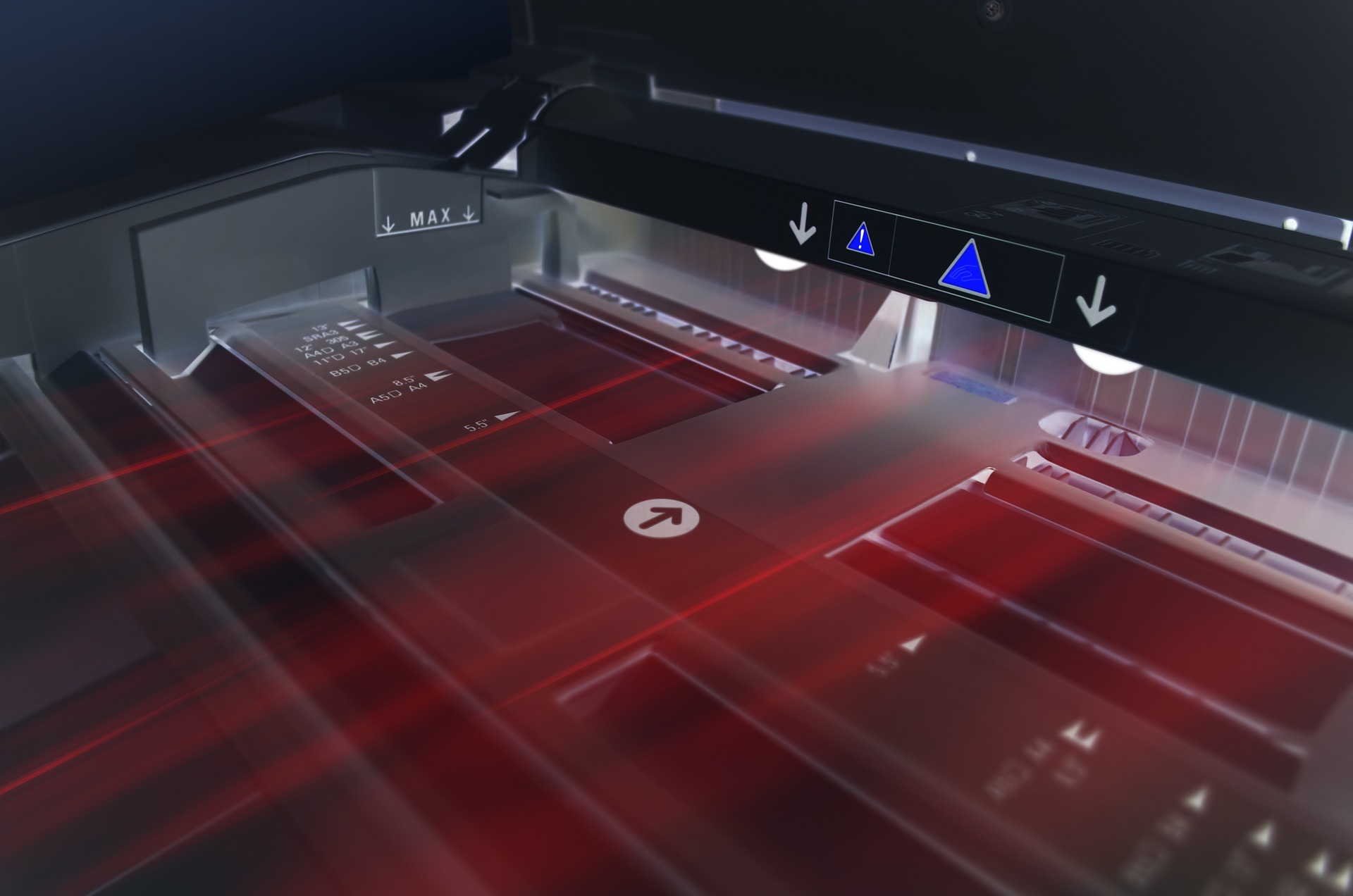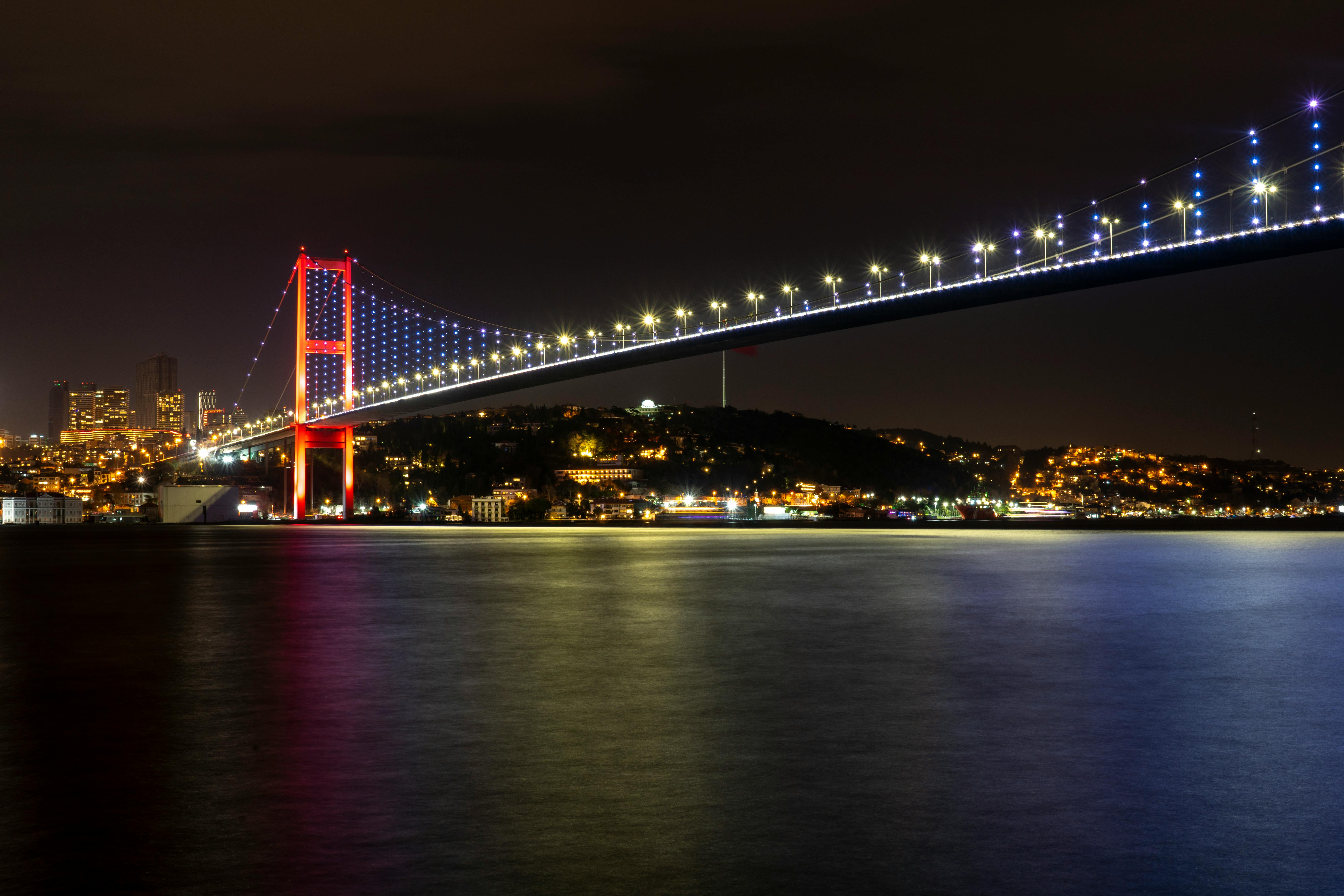**The Unseen Influence of Art Movements on Modern Fashion**
Fashion, a visual feast that is deeply intertwined with our culture, has always borrowed inspiration from the world of art. From the vibrant colors of Impressionism to the geometric forms of Cubism, art movements have left an indelible mark on our sartorial choices. In this article, we will delve into the silent dialogue between art and fashion, uncovering how artistic philosophies have shaped our wardrobes and continue to influence modern style trends.

Art Movements and their Fashionable Influence
Art movements, much like fashion trends, are reflections of the times they are born in. They are shaped by the socio-political climate, technological advancements, and cultural shifts of their era. Just as the Renaissance marked a rebirth of classical values, the Art Nouveau movement celebrated the organic forms found in nature. These movements have seeped into fashion, influencing not just design aesthetics, but also the way garments are produced and consumed.
Picasso’s Palette: The Cubist Influence
One of the most evident influences of art on fashion can be traced back to the Cubist movement. Cubism, pioneered by Pablo Picasso, broke away from the traditional techniques of perspective and modeling, opting instead for fragmented, geometric forms. This bold departure from convention resonated with fashion designers, inspiring them to experiment with angular silhouettes, asymmetrical cuts, and abstract patterns.
From Canvas to Catwalk: The Impressionist Impact
Impressionism, characterized by its play of light and color, also found an echo in the fashion world. Designers began to incorporate the Impressionist palette into their creations, using fabric as their canvas to recreate the movement’s hallmark soft, dappled hues. This fascination with color and texture opened up new avenues in fashion, leading to the rise of color blocking and textured fabrics.
Flapper Dresses and Abstract Expressionism
The roaring 20s and the rise of Abstract Expressionism brought about a revolution in women’s fashion. Freedom of expression and individuality were the order of the day, resulting in the flapper dress - a symbol of defiance against traditional norms. This era also saw the emergence of bold, abstract prints, mirroring the freedom and dynamism of the art movement.
Practical Fashion Insights
-
Art-inspired fashion is not just confined to high-end designer collections. It permeates street style and everyday wear, making it accessible to everyone.
-
Incorporating art-inspired pieces into your wardrobe can elevate your style, adding a touch of sophistication and creativity.
-
Art movements can serve as a rich source of inspiration when you’re in a styling rut. Studying different art periods can spark fresh ideas for color combinations, patterns, and silhouettes.
-
Fashion, much like art, is a form of self-expression. Don’t be afraid to experiment and make a statement with your outfits.
As we continue to navigate the ever-evolving landscape of fashion, the influence of art remains a constant source of inspiration. From the bold, geometric forms of Cubism to the vibrant hues of Impressionism, art movements have left an indelible mark on our wardrobes. They have shaped our perception of style, encouraging us to view fashion not just as a functional necessity, but as a form of artistic expression. As we look towards the future, we can expect this silent dialogue between art and fashion to continue, giving birth to new trends and transforming the way we dress.





